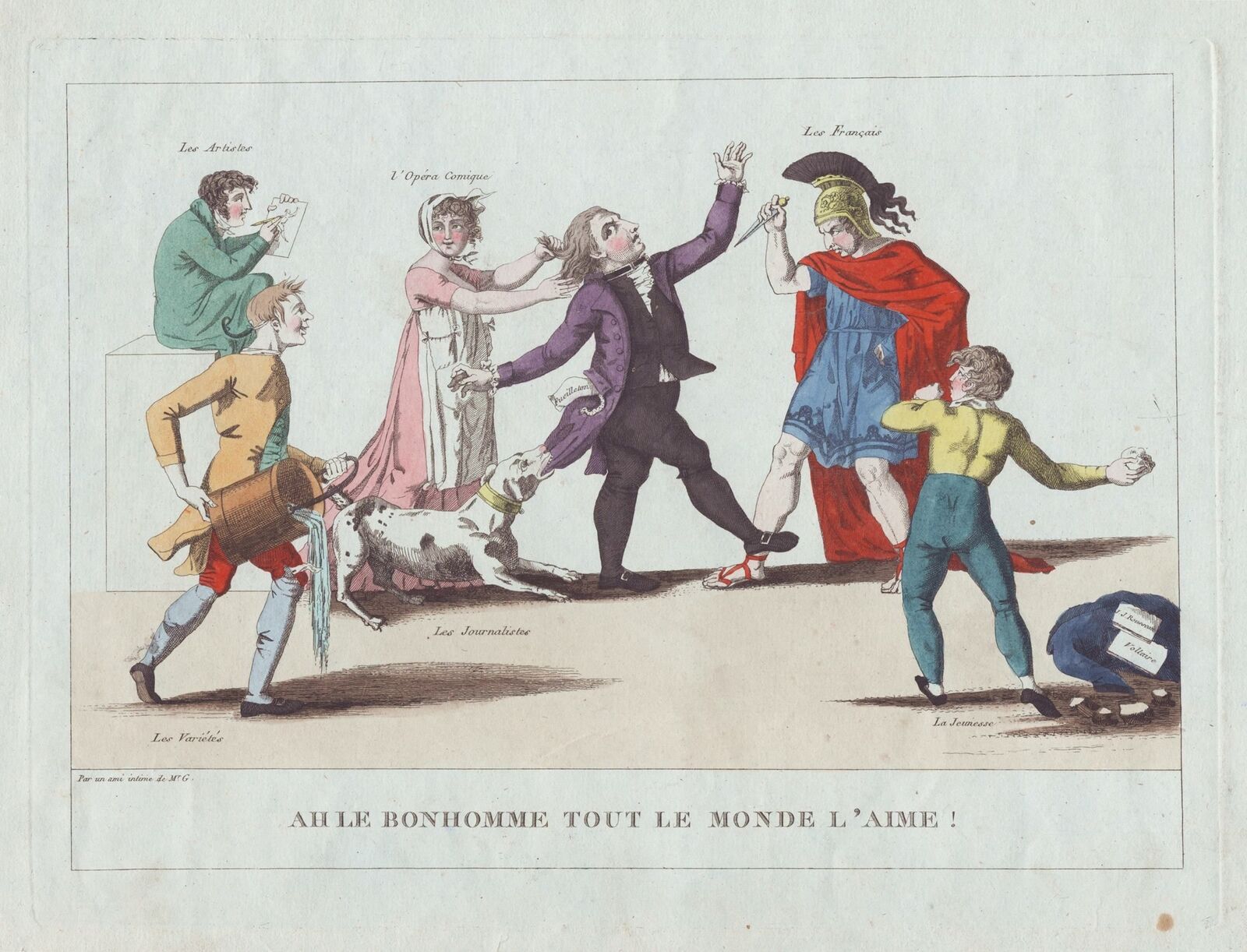La “Valise de l’acteur”. Circulations des théories et des pratiques théâtrales dans l’Europe des XVIIIe et XIXe siècles
DOI:
https://doi.org/10.62336/unibg.eac.33.531Parole chiave:
Comédiens en Europe, Transmissione des savoirs dramatiques, Théâtre français en Europe, Théories dramatiques, Art du comédienAbstract
Les études récentes sur le jeu des comédiens aux XVIIIe et XIXe siècles ont permis de reconstituer efficacement les traditions nationales et leurs évolutions à travers l'Europe, de retracer les carrières des acteurs populaires et leur engagement avec des cultures étrangères, et d'examiner le jeu d'acteur dans des contextes sociaux, historiques et médiatiques. Le siècle des Lumières a marqué un tournant essentiel dans l'évolution du jeu du comédien. La multiplication des traités sur le jeu a hissé la pratique du comédien au rang d’art véritable et, à divers degrés, comparable à la création littéraire. Cette nouvelle dignité se manifeste dans les portraits et autres représentations iconographiques, comme celui de Garrick par Pompeo Batoni, et se poursuit au XIXe siècle avec l'industrialisation des spectacles et l'émergence du vedettariat au sens moderne. Les études ici réunies explorent les formes de transmission et de circulation des savoirs sur les acteurs entre la France, l'Allemagne, l'Angleterre, l'Italie, la Russie et l'Espagne aux XVIIIe et XIXe siècles, en explorant des sujets tels que les traductions et adaptations de traités sur le jeu d'acteur, la formation internationale des acteurs et actrices, et l'interaction entre les savoirs dramatiques et les autres sciences.

Downloads
Pubblicato
Come citare
Fascicolo
Sezione
Licenza
Copyright (c) 2024 Elephant & Castle

TQuesto lavoro è fornito con la licenza Creative Commons Attribuzione 4.0 Internazionale.





